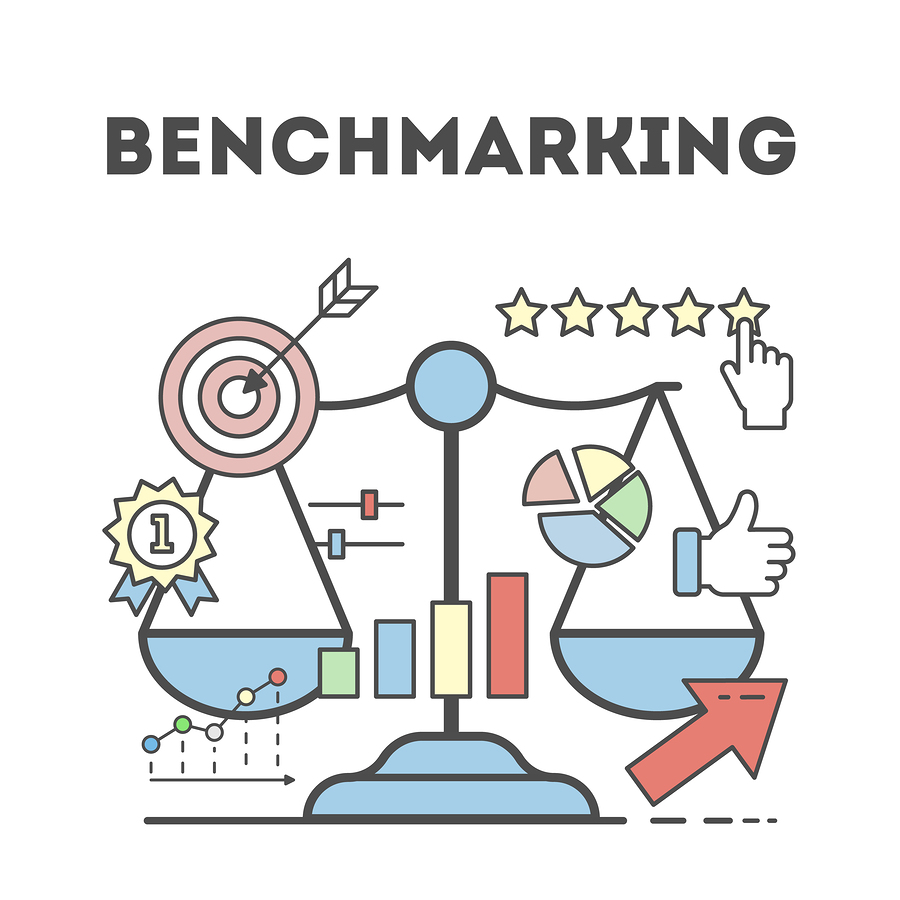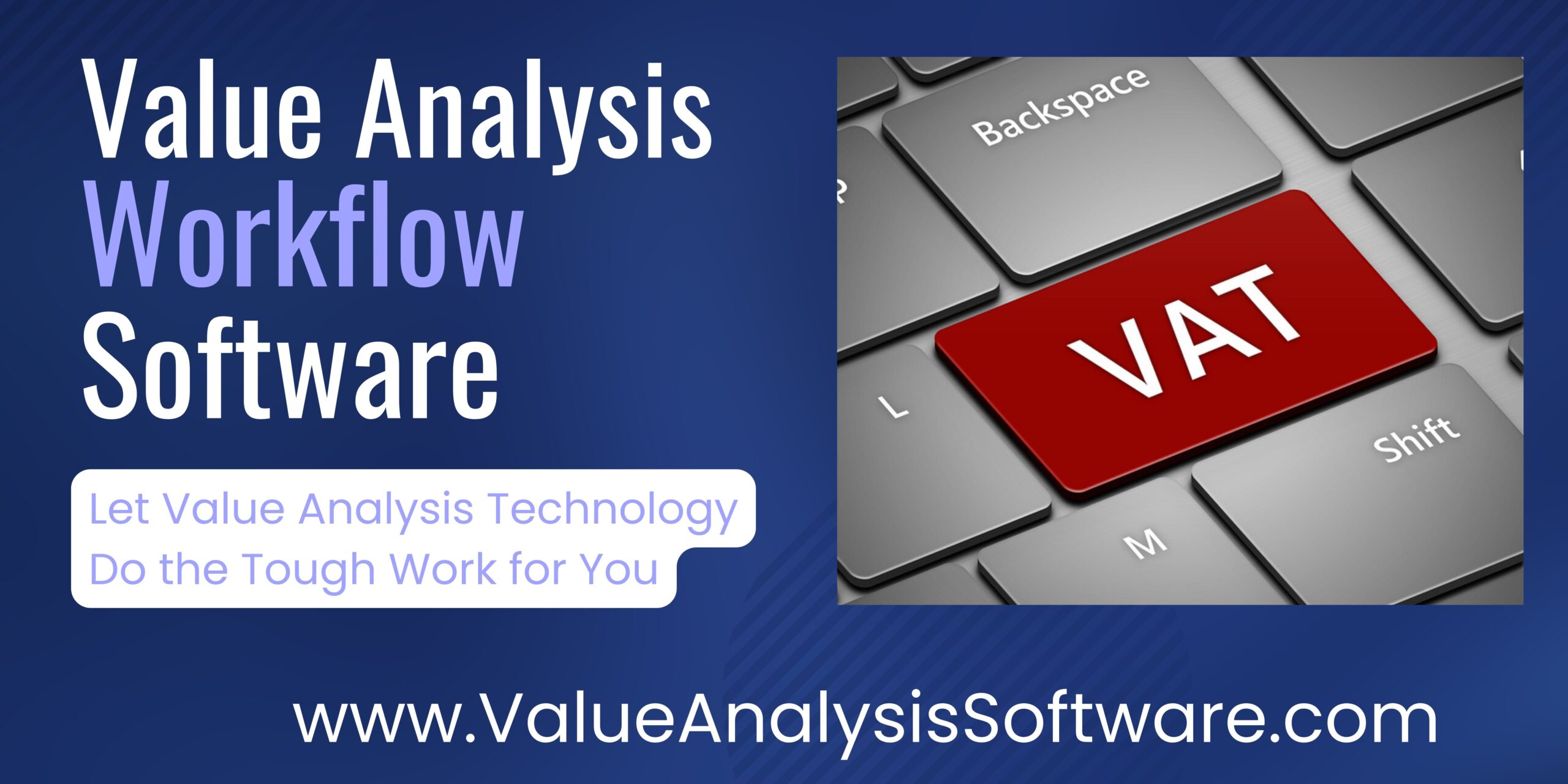Benchmarking is nothing new to the healthcare supply chain and you are probably thinking, “We benchmark at our hospital/system!” So, you know the value of benchmarking from one level or another, but do we apply this to our supply chain and value analysis initiatives as much as we could? The answer to that question is a big no! Why is this? First and foremost, nobody wants to be compared to another organization and even worse, be told that you are weak or not up to snuff in an area that you should be or perhaps you feel you are. You have a choice: Choose to ignore the benchmark or ask, “Why is this? Why are we running high and what can we do to be the best benchmark instead of the lower comparative?”
Keep in mind, there are many types of benchmarks such as local, regional, national, system-wide, and historical. There are many types of categories of benchmarks/best practice comparables such as procedural evidenced-based benchmarks, price benchmarks, operational, infection control, productivity, utilization, purchased service benchmarks, and many more. But what are the benchmarks that most benefit your supply chain organization?
Price Benchmarks are Par for the Course
The easiest benchmark that everyone in healthcare utilizes is the price benchmark which tells us the best price for the category we are working on or can show us where we could do better on our next round of purchased service contracting. Price benchmarks are great to have but they don’t always apply to your organization if your benchmark is coming from a 30-hospital health system’s pricing that has 500% more spend volume than your organization. I like to use these to know how much a contract can be pushed if needed with negotiations and bids as well as to give you a goal to shoot for. For example, current coronary stent prices have averaged a price drop by 9% over the past two years and our contract is coming due so I want to target a minimum of 15% to 18% in my new negotiations. Who wouldn’t want these benchmarks?
If Benchmarking Works In One Part of Your Supply Chain, Why Not Use It More?
Many organizations will stop at price with their benchmarking but why should we stop there? The answer is, we shouldn’t. The next big level of savings opportunities is ongoing clinical supply utilization and purchased service benchmarking. Price is limited as it is well beyond its tipping point and at best can save 1% to 3% in overall savings from operating budget as a whole.
With utilization and purchased service benchmarks (represents 90% of total non-salary spend) you can go beyond price to a whole new level of savings because there is more going on with your products than just the price. There are the in-use costs that can fluctuate with many peaks and valleys and you need to know whether those peaks and valleys should be occurring. You need to recognize where you stand with your existing products’ consumption. Is it high, is it low, or is your organization the best practice? In compiling hundreds of supply utilization studies we have found that between 40% and 50% of a hospital’s supply utilization and purchased services are out of line and need to be addressed beyond price. This means you are over-consuming your products or services beyond what your current volume levels should be.
We’re Just Scratching the Surface with What We Can Do with Benchmarking
A great example is a hospital client that saved 12% on new contract pricing on a major commodity but when benchmarked, it showed they were overconsuming that category by 36% in cost per operating metric. That means the client is still leaving 24% variance/savings opportunity on the table. If you are not continually benchmarking, then you may not even know this is happening. And that was just at the beginning of a contract, many times new contracts and product conversions tend to cause unintended consequences that further increase your costs on a contract even though you still have the 12% savings in place. The hardest point to grasp is that the over-consumption of products and services far outweigh the opportunities we are chasing in price. As in our example, the total savings opportunity was really 36% but we only chopped off 12% and that still leaves a systemic 24% of the total savings opportunity flapping out in the wind with no one doing anything about it.
Where Does Value Analysis Fit Into the Picture with Benchmarking?
I know a lot of value analysis professionals who are reading this think that benchmarking alone is their job but you must have systems in place to assist you as you cannot populate a spreadsheet on every category in your hospital or health system on an ongoing basis and still keep up with the day to day VA studies. You need to think proactively on how you will build ongoing benchmarking systems to continually track where you are best in class, just good, not so good, and outright bad. The big idea here is to find out where all of these areas are, then sick your contract managers and value analysis teams after these to eliminate them and attack the new ones that will pop up. How will you win with benchmarking? Track everything from ablation to lab products to pacemakers to wound care and everything in-between. By doing so, there will no longer be any surprises and you will be way ahead of the pack with your costs and your overall supply and purchased service budgets!
| About Robert W. Yokl, President of SVAH Solutions |
|---|
| Robert is the President of SVAH Solutions which provides value analysis, clinical supply utilization, and savings validation tools to help healthcare organizations gain the next level of savings beyond price and standardization. https://www.SVAH-Solutions.com https://www.SavingsValidation.com |





